Stop your garden from dying and being ugly through fall and winter. Now is the time to convert your garden and there are plenty of planting options for your winter garden.
gardeninginfo-online.com gathered the following winter garden planting information to help keep your garden flourishing throughout the cold months.
Winter Garden Plants by Hardiness Zone
Plant species have adapted themselves to thrive in their native regions. Meanwhile, the USDA Hardiness Zone Map divides the U.S. into 10 zones based on their average annual minimum winter temperature.
A plant can thrive outside of its native region as long as the hardiness zone of its new location is suitable for its growth.
Locate your hardiness zone by using the interactive map found at planthardiness.ars.usda.gov/
Once you know your hardiness zone, selecting the appropriate plant species can be done with ease.
Winter Garden Vegetables
If you are located in hardiness zone 7b through 10 (south, southeast, southwest, and west), the following vegetables can all thrive in these locations due to moderate winter temperatures:
Radishes – Quick to grow, radishes come in a wide variety of seeds including White Icicle, Easter Eggs, Pink Beauties, and many more. Some small rooted varieties can be harvested in a month time from seeding.
Beets, carrots, and turnips, like radishes, thrive in winter gardens and are just as easy to grow.
Onions – Either by seed or sets, planting onions requires fertile, well-drained soil, and plenty of water. While the optimal planting time is January and February, they can be planted in mid to late fall.
If you are planting green onions (scallions), they should be ready to be pulled up after about 6 to 7 weeks.
Garlic – There isn’t much you need to do here:
• Purchase your bulbs from a nursery or gardening department
• Plant them (shallow) unpeeled 4 inches apart
That’s it. The rain will water your garlic for you, and you probably won’t have to do anything else until it’s time to harvest.
Greens – The majority of greens flourish in rich soil combined with cool weather and will go to seed when it warms up. The following are easy greens to grow:
• Swiss Chard
• Bok Choy
• Kale
• Spinach
• Collards
• Cabbage
Planting greens from seed or starters works well for most species and if kept cool, will grow all year long.
If you are located in a colder hardiness zone, the vegetables above can all be planted in these locations between the first frost-free date and the last frost-free date.
NOTE: If you already have tomatoes, peppers, or herbs growing in your garden, it is recommended to harvest them by the end of October (before the first frost).
Winter Garden Flowering Plants
Some plants have adapted so well to cold weather; they choose to bloom in the winter.
The following species are cold hardy and can be used around garden perimeters or as featured plants in your winter garden:
Winter Jasmine (Jasminum Nudiflorum) – this aromatic beauty is a climber and can be trained well with wires, trellis, or archways [Zone 6-10].
Cyclamen (Cyclamen) – This winter garden trooper can flower from fall to spring and can be found in red, pink, and white varieties. With a low profile, cyclamen can be planted throughout your garden, potted, or beneath trees [Zone 7-10].
Pansies (Viola Tricolor) – A row of winter-flowering pansies in your garden will provide an explosion of color while most other plants wait for spring to bloom [Zone 7-10].
Daphne (Daphne) – This evergreen shrub matures to about 3-feet tall and produces intensely fragrant flowers in mid to late winter and early spring [Zone 4-9].
Glory of the Snow (Chinodoxa) – This plant species can flower with snow on the ground! Chinodoxa produces star-shaped pink or blue flowers with white centers [Zone 4-9]
Daffodils (Narcissus) – This February bloomer is one of the most reliable flowering bulbs you can add to your garden. The species multiplies quickly and returns to bloom year after year.
Daffodils will grow in most soil types, full sun or part shade, need little maintenance, and are not bothered by grazing animals [Zone 3-8].
American Witch Hazel (Hamamelis Virginiana) – This bold winter bloomer can be found as a large shrub or small tree and blooms yellow or red flowers typically in December [Zone 5-10].
When selecting a plant for your winter garden, be sure to inform yourself of its hardiness zone, and any special requirements it may need.
Plants and Flowers for a Winter Garden
Don’t let your garden die out in the fall. Rejuvenate it with a selection of cold-hardy vegetables or one of the numerous flowering plant species.
In this article, you discovered cold-hardy vegetables and flowering plants for your winter garden, and why your hardiness zone is essential when selecting those plant species for your garden.
By taking advantage of the fall season, the cold-hardy plants you sow now can provide beauty for your winter garden and/or food for your dinner table.
Sources:
marinmg.ucanr.edu/Marin_Master_Gardener_Help_Desk/Leaflet/What_to_plant_and_harvest_in_the_winter_vegetable_garden/
today.oregonstate.edu/news/winter-garden-doesn%E2%80%99t-have-be-bare-flowers
extension.uga.edu/publications/detail.html?number=C943&title=Vegetable%20Garden%20Calendar#September
The post What to Plant in a Winter Garden appeared first on http://gardeninginfo-online.com.
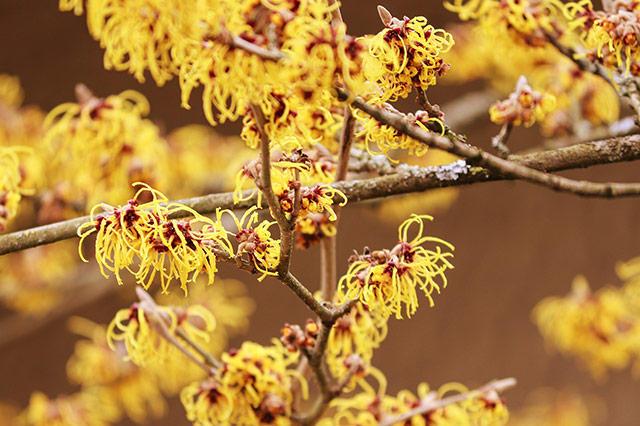
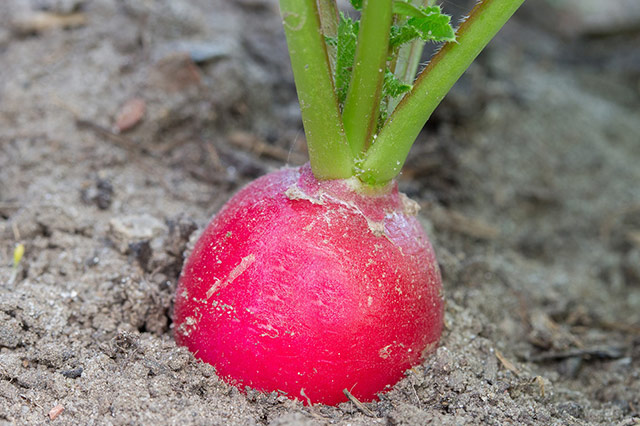
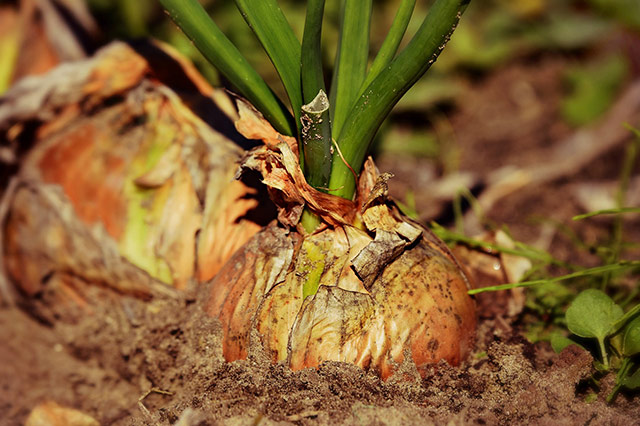
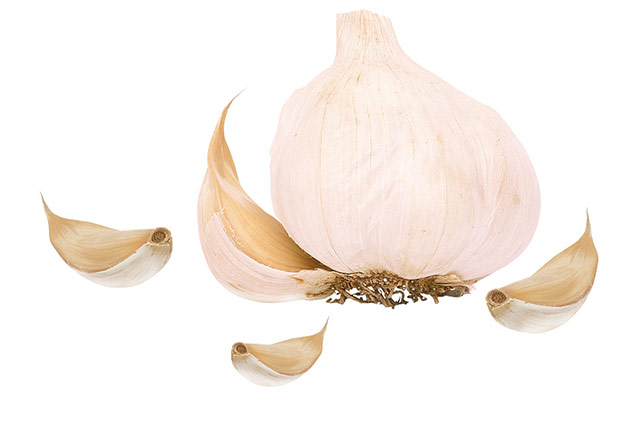
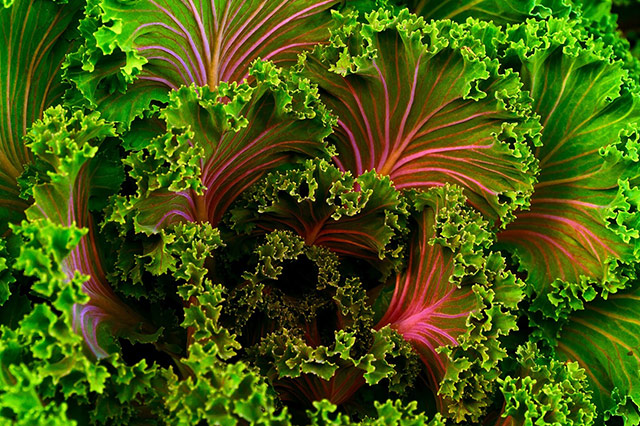
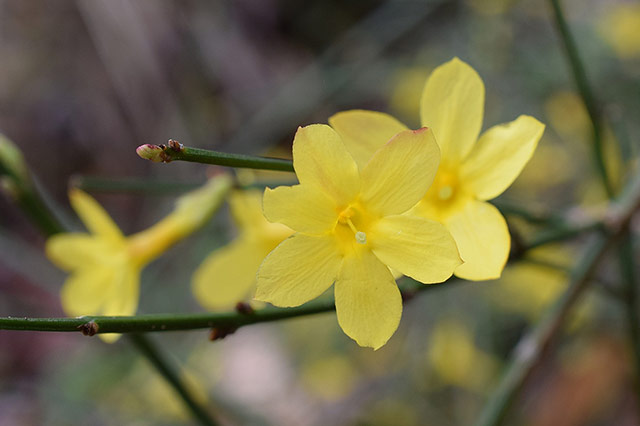
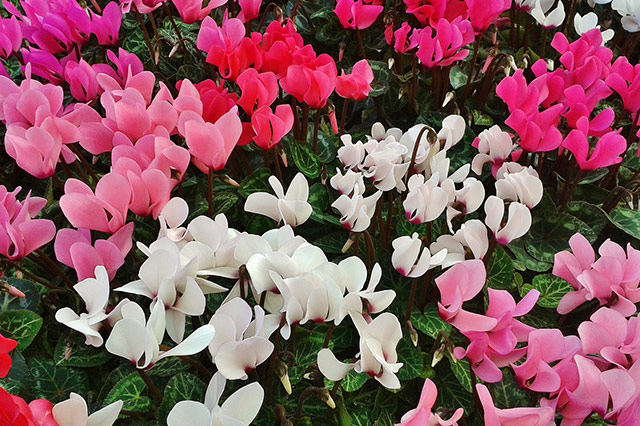
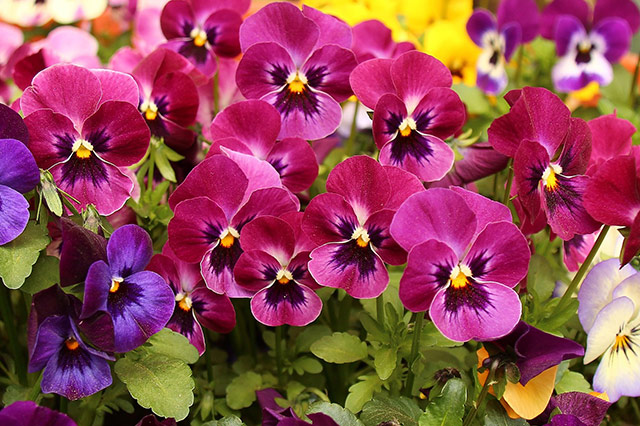

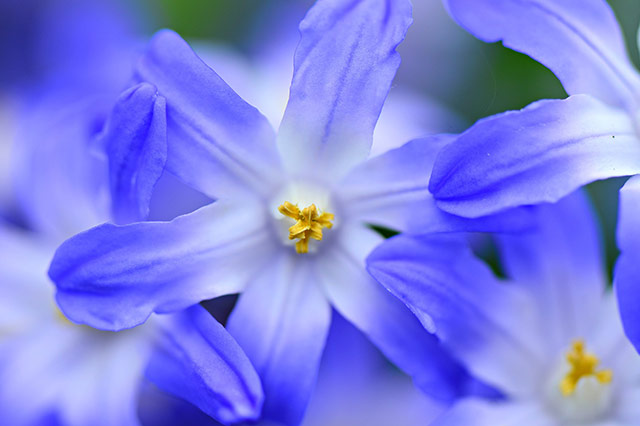
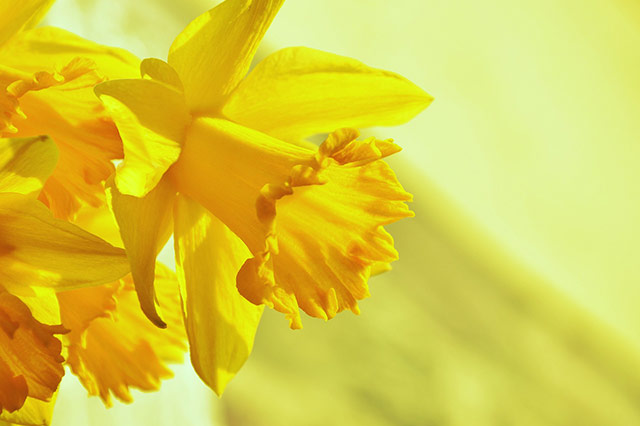
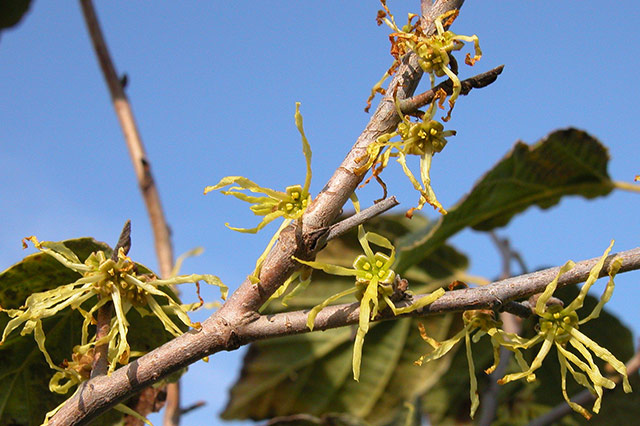
No comments:
Post a Comment